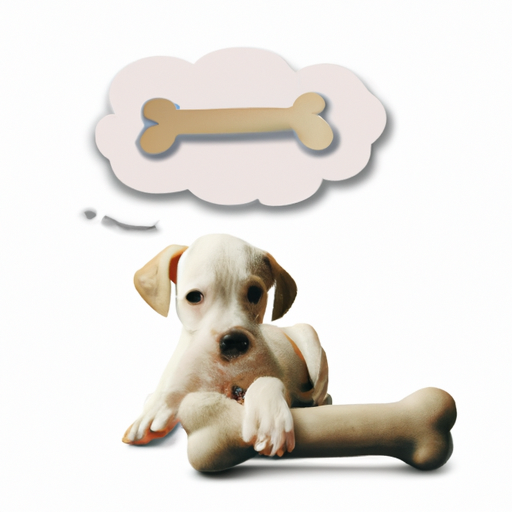Understanding the Behavior
You might have seen your furry friend suckling on a blanket or a toy, and wondered why they’re exhibiting such a behavior. But before you worry, understand that while it may seem strange to you, suckling is a fairly common behavior in dogs, particularly puppies.
Suckling is a behavior that originates from the time they were newborns. Puppies suckle on their mother’s teat for nourishment. Sometimes, even as they grow older, dogs may continue to exhibit this behavior, especially during times of stress or when they’re seeking comfort. It’s akin to the way some humans might bite their nails or twirl their hair when anxious.
The Psychology Behind Suckling
- Maternal Comfort: Just like a human baby might suckle on a pacifier as a source of comfort, dogs too associate suckling with the warmth and security they felt with their mother.
- Anxiety and Stress Relief: Dogs often resort to suckling when they’re anxious or stressed. It’s a coping mechanism that provides them relief.
- Boredom: Dogs, especially puppies, have a lot of energy. If they’re not given enough stimulation, they might resort to suckling as a way to entertain themselves.
When Suckling Becomes a Problem
While mild and occasional suckling isn’t usually cause for concern, if your dog begins to suckle excessively, it might indicate a deeper issue.
| Warning Signs | Possible Causes |
|---|---|
| Suckling is causing sores or damage | Anxiety |
| Suckling is interfering with daily activities | Lack of stimulation or companionship |
| Sudden increase in suckling | Discomfort or illness |
How to Address Suckling in Dogs
Here are some strategies you can use to manage your dog’s suckling behavior:
- Provide Plenty of Stimulation: Regular exercise, playtime, and mental stimulation can help curb your dog’s need to suckle.
- Offer Comfort: If your dog is suckling due to stress or anxiety, providing comfort can help alleviate the behavior. This could be through physical contact, soothing words, or even a calming environment.
- Consult a Vet: If you’ve tried everything and your dog’s suckling still persists or seems to be causing harm, it’s best to consult with a professional.
Frequently Asked Questions
Q: Can suckling be completely eliminated in dogs?
A: While it can be reduced, it’s important to remember that suckling is a natural behavior in dogs. The key is to manage it so that it doesn’t become obsessive or harmful.
Q: What objects do dogs usually suckle on?
A: Dogs may suckle on a variety of objects, but it’s most common with soft items like blankets or stuffed toys.
Q: Is suckling similar to chewing or biting?
A: No, suckling is a distinct behavior where the dog simulates nursing. It’s usually not destructive like chewing or biting can be.
With a bit of patience, understanding, and the right approach, you can ensure that your dog’s suckling behavior remains a harmless quirk rather than becoming a harmful obsession. Remember, the ultimate goal is not to eliminate the behavior, but to ensure your dog’s overall happiness and wellbeing.



